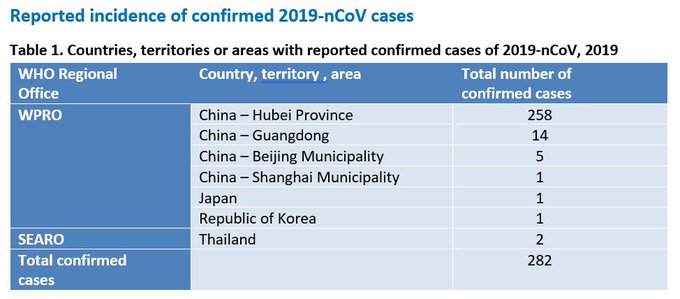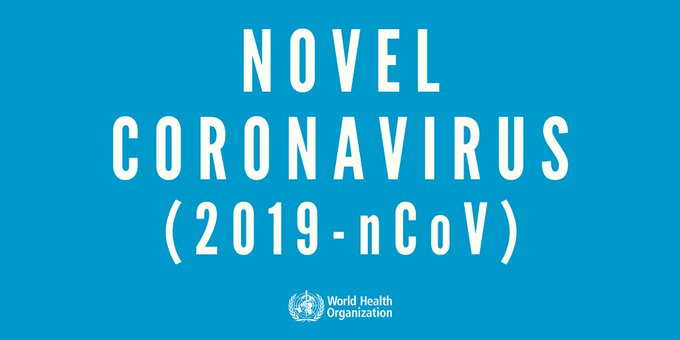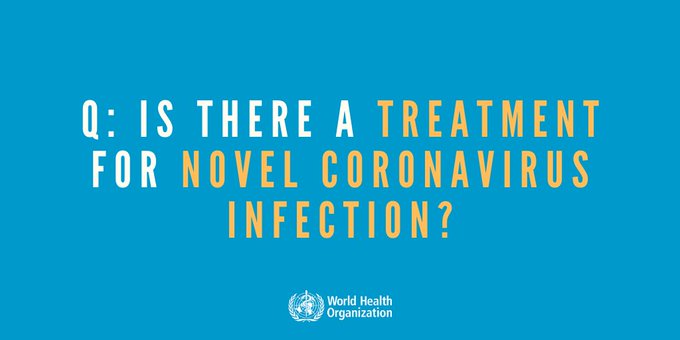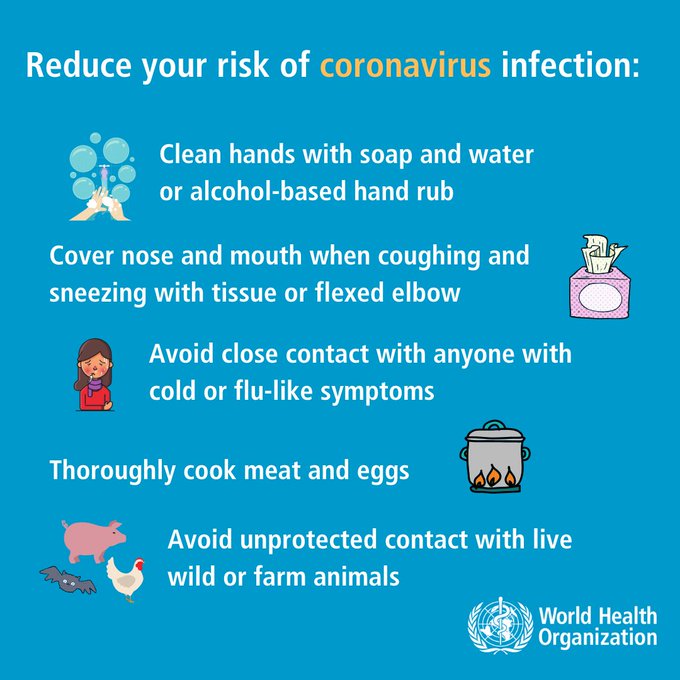 A never-before-seen virus, detected in the Chinese city of Wuhan, has claimed 17 lives and infected hundreds of Chinese citizens with a pneumonia-like illness, according to China's National Health Commission. The virus was first reported to the World Health Organization on Dec. 31 and has been under investigation since then. Chinese scientists have linked the disease to a family of viruses known as coronaviruses, the same family as the deadly SARS and MERS viruses.
A never-before-seen virus, detected in the Chinese city of Wuhan, has claimed 17 lives and infected hundreds of Chinese citizens with a pneumonia-like illness, according to China's National Health Commission. The virus was first reported to the World Health Organization on Dec. 31 and has been under investigation since then. Chinese scientists have linked the disease to a family of viruses known as coronaviruses, the same family as the deadly SARS and MERS viruses.
Scientists have yet to fully understand how destructive the new virus, known as 2019-nCoV, might be. Researchers and investigators are just beginning to understand where it originated, how it's transmitted, how far it has spread and what its symptoms look like.
As of Jan. 22, case numbers have skyrocketed to over 440 in China and abroad. Chinese authorities also confirmed health workers have been infected with the virus, suggesting that it has achieved human-to-human transmission. As a result, authorities are taking steps to guard against its spread. On Jan. 22, the WHO will convene an emergency committee to explore whether the virus constitutes a public health emergency.
Researchers believe the number of cases may be higher than current reports suggest, and at least three US airports have begun screening incoming passengers for signs of illness, as have busy airports in Hong Kong, Singapore, South Korea and Malaysia.
Here's everything we know about the mystery virus and steps you can take to reduce your risk.
What is a coronavirus?
Coronaviruses belong to a family of viruses known as Coronaviridae and look like spiked rings under an electron microscope. They are so named because of these spikes, which form a halo around their viral envelope.
Coronaviruses contain a strand of RNA within their envelope and cannot reproduce without getting inside living cells and hijacking the machinery found within. The spikes on their viral envelope help them bind to cells, which gives them a way in. It's like blasting the door open with C4. Once inside they turn the cell into a virus factory, using its molecular conveyor belt to produce more viruses which are then shipped out. The virus progeny infect another cell and the cycle starts anew.
Typically, these types of viruses are found in animals ranging from livestock to household pets and wildlife such as bats. When they make the jump to humans, they can cause fever, respiratory illness and inflammation in the lungs. In immunocompromised individuals, such as the elderly or those with HIV-AIDS, such viruses can cause severe respiratory illness.
Extremely pathogenic coronaviruses were behind SARS (severe acute respiratory syndrome) and MERS (Middle East respiratory syndrome) and were easily transmitted from human to human. SARS, which showed up in the early 2000s, infected more than 8,000 people and resulted in nearly 800 deaths. MERS, which appeared in the early 2010s, infected almost 2,500 people and led to more than 850 deaths.
Where did the virus come from?
The virus appears to have originated in the Huanan Seafood Wholesale Market in Wuhan, a Chinese city of over 11 million people about 650 miles south of Beijing. The market sells fish, as well as a panoply of other animal meats. However, it's still unknown whether it emerged from an animal species like SARS and MERS did.
Markets have been implicated in the origin and spread of viral diseases in past epidemics, and a large majority of the confirmed cases seen so far had been to the Huanan Seafood marketplace in recent weeks. The market seems like an integral piece of the puzzle, but researchers will need to conduct a range of experiments and tests to confirm the virus' origin.
"Testing of animals in the Wuhan area, including sampling from the markets, will provide more information," said Raina MacIntyre, a head of the biosecurity research program at the University of New South Wales' Kirby Institute.
How many confirmed cases have been reported?
Authorities have confirmed just over 440 cases as of Jan. 22. The bulk are in China, but cases have been confirmed in Thailand, Japan, South Korea and now the US, where a man in his 30s in Washington state has been confirmed to have the disease.
A list of cases and their locations are below:
National authorities in China continue to monitor over 1,300 residents who visited the Wuhan market or have had prolonged contact with those presenting symptoms of the novel disease.
Officials in Hubei province, where Wuhan is located, said Jan. 22 that the virus is responsible for 17 deaths. The first death was a 61-year-old man who had frequented the Wuhan market and had chronic liver disease and abdominal tumors. The second was a 69-year-old man who went to a hospital with severe damage to multiple organs.
A study, published by the Imperial College London on Jan. 17, estimates the total number of 2019-nCoV cases could be much higher than reported, reaching over 1,700 cases. The work, led by Neil Ferguson, calculated how far the virus is likely to spread based on its incubation period and the amount of travel in and out of Wuhan since it was first detected.
The WHO's full report was last updated on Jan. 21 and only includes data up to Jan. 20.
 WHO situation report on novel #coronavirus (2019-nCoV)- 21 January 2020bit.ly/3ayAJpZ(data from 20 January 2020)
WHO situation report on novel #coronavirus (2019-nCoV)- 21 January 2020bit.ly/3ayAJpZ(data from 20 January 2020)
589 people are talking about this
How do we know it's a new coronavirus?
In short, genes.
Chinese scientists were able to isolate and unravel the genetic code of the virus from patients, ruling out other potential causes such as influenza, and confirm it is completely new. However, the genetic code shows this virus has around 70% similarity to the SARS coronavirus.
Understanding the genetic code also helps researchers in two ways: It allows them to create tests that can identify the virus from patient samples and gives them potential insight into creating treatments or vaccines.
How does the coronavirus spread?
This is one of the major questions researchers are working feverishly to answer. It's unclear what animals may act as a reservoir for the virus and how much of a role that live animal markets play in its spread. There haven't been reports of health officials and attendants contracting the disease, which seems to suggest human-to-human transmission is limited -- but this is still being investigated.
"It does not appear to be highly contagious between humans at this stage, based on about 60 known symptomatic cases to date," Macintyre said in a statement on Jan. 17.
The market, believed to be the epicenter of the spread, was shut down on Jan. 1. The World Health Organization has suggested that human-to-human transmission can't be excluded at this stage, which could cause some concern for authorities looking to slow the disease.
Replying to @WHOWPROAccording to the latest information we have, there is no clear evidence of sustained human-to-human transmission and there are no infections reported among health care workers.
 The fact that some cases do not seem to be linked with the Huanan seafood market means we cannot exclude the possibility of limited human-to-human transmission.126:16 AM - Jan 16, 2020
The fact that some cases do not seem to be linked with the Huanan seafood market means we cannot exclude the possibility of limited human-to-human transmission.126:16 AM - Jan 16, 2020
15 people are talking about this
On Jan. 20, the University of Minnesota's Center for Infectious Disease Research and Policy reported health workers in China had been infected with the virus. This was a notable turning point in the previous SARS epidemic, as health workers moving between countries were able to aid the spread of the disease. It also confirms human-to-human transmission is likely, which could hamper efforts to contain the virus in the coming weeks.
"The major concern is hospital outbreaks, which were seen with SARS and MERS coronaviruses," MacIntyre said. "Meticulous triage and infection control is needed to prevent these outbreaks and protect health workers."

An electron microscopy image of the coronavirus that causes SARS.
Callista/GettyWhat's next?
Tedros Adhanom Ghebreyesus, the director-general of the WHO, will convene an emergency committee on Wednesday, Jan. 22, to ascertain whether this new virus constitutes a public health emergency.
 BREAKING: WHO Director-General @DrTedros will convene an Emergency Committee on the novel #coronavirus (2019-nCoV) under the International Health Regulations.The Committee will meet on Wednesday, 22 January 2020.
BREAKING: WHO Director-General @DrTedros will convene an Emergency Committee on the novel #coronavirus (2019-nCoV) under the International Health Regulations.The Committee will meet on Wednesday, 22 January 2020.
4,633 people are talking about this
"If WHO declares a public health emergency of international concern, it enables WHO greater powers for disease control using the International Health Regulations," MacIntyre said.
Most recently, the emergency committee was convened for the ebola virus epidemic in the Democratic Republic of the Congo. The meeting outlined key strategies and commitments to strengthen and protect against the spread of the disease.
What are the symptoms?
The novel coronavirus causes symptoms similar to those of previously identified disease-causing coronaviruses. In currently identified patients, there seems to be a spectrum of illness: A large number experience mild pneumonia-like symptoms, while others have a much more severe response.
Patients present with:
As the disease progresses, patients may also present with pneumonia, which inflames the lungs and causes them to fill with fluid which can be detected via X-ray, according to the WHO.
Is there a treatment for coronavirus?
Coronaviruses are notoriously hardy organisms. They're effective at hiding from the human immune system, and we haven't developed any reliable treatments or vaccines that can eradicate them. In most cases, health officials attempt to deal with the symptoms.
That doesn't mean vaccines are an impossibility, however. Chinese scientists were able to sequence the virus' genetic code incredibly quickly, giving scientists a chance to study it and look for ways to combat the novel disease. According to CNN, researchers at the National Institute of Health are already working on a vaccine -- though note it could be a year or more away from release.
Notably, SARS, which infected around 8,000 people and killed around 800, seemed to run its course and then mostly disappear. It wasn't a vaccine that turned the tide on the disease but rather effective communication between nations and a range of tools that helped track the disease and its spread.
"We learnt that epidemics can be controlled without drugs or vaccines, using enhanced surveillance, case isolation, contact tracking, PPE and infection control measures," MacIntyre said.
How to reduce your risk of coronavirus
With confirmed cases now seen in the US, Thailand, Japan, South Korea and potentially Australia, it's possible that 2019-nCoV could be spreading much further afield. The WHO recommends a range of measures to protect yourself from contracting the disease based on good hand hygiene and good respiratory hygiene, in much the same way you would reduce the risk of contracting the flu.
A Twitter thread, developed by the WHO, is below.
Replying to @WHOQ: Is there a treatment for a novel #coronavirus infection?A: There is no specific treatment for disease caused by a novel coronavirus. However, many of the symptoms can be treated and therefore treatment is based on the patient’s clinical conditionbit.ly/2tMEBmu








ليست هناك تعليقات:
إرسال تعليق
Due to the high number of spammy comments we have decided to initiate comment moderation so that we can maintain our quality standards and make good environment for our visitors. Please leave your comment